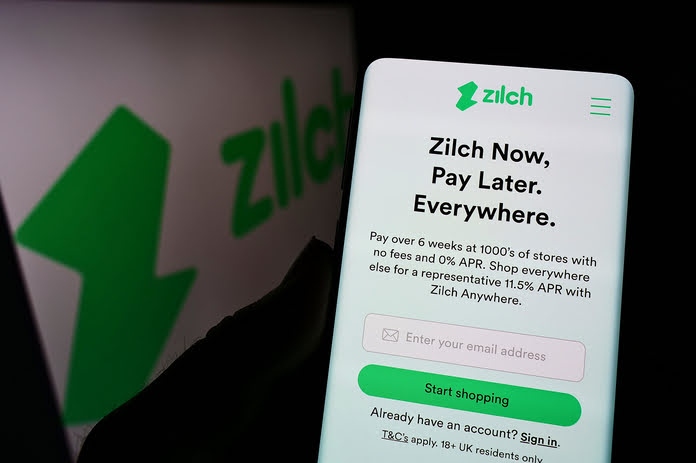Amazon (NASDAQ:AMZN) has reported an 11% increase in Q3 sales, net of currency fluctuations. What’s particularly noteworthy is that its free cash flow (FCF) has skyrocketed by 170% compared to the previous quarter. Additionally, its FCF margin has seen a significant boost. These developments suggest that AMZN stock has the potential for further gains.
As of November 7, AMZN stock is trading at $142.81 per share, nearing its highest levels in the past year. In this article, we’ll delve into the reasons why AMZN might experience additional growth, primarily driven by its expanding free cash flow.
Acceleration in Free Cash Flow
On October 26, Amazon reported a positive free cash flow (FCF) of $21.4 billion over the last 12 months (LTM). This figure represents a substantial increase compared to the $7.9 billion FCF generated in the LTM period ending in Q2.
This surge in FCF has translated to a remarkable FCF margin increase. For instance, with Q3 LTM sales totaling $554 billion, the FCF margin over the past year stands at 3.86% (calculated as $21.4 billion divided by $554 billion). This is a significant improvement from the 1.47% FCF margin in the previous quarter, based on $538 billion in LTM sales.
The majority of this growth stems from three key areas: 3rd party sales (up 18% YoY), AWS (up 25% YoY), and advertising (up 13% YoY).
These results surpass the year-over-year gains of the previous quarter, as previously discussed in my Barchart article, “Amazon Stock Soars as It Returns to Positive Free Cash Flow, But It’s Still Cheap.” For example, AWS sales increased by only 12% in Q2, whereas this quarter they saw a 13% rise.
In essence, both FCF and FCF margins are on the rise, which could potentially drive AMZN stock to higher prices in the coming year.
AMZN Stock May See Gains Due to Enhanced FCF Margins
Analysts anticipate that sales for the next year could grow from $570.4 billion to $635.3 billion, marking an 11% year-over-year increase. On average over the next 12 months, sales could reach approximately $603 billion.
Hence, if we assume that AMZN can maintain an average 4.0% FCF margin over the next year, free cash flow may increase to $24.1 billion. This represents a 12.6% rise from the $21.4 billion generated in the past year, as previously mentioned.
Furthermore, by the end of 2024, FCF could expand to $25.4 billion, utilizing the same 4.0% FCF margin projection.
Consequently, AMZN stock could become significantly more valuable. Currently, Amazon’s FCF yield stands at 1.5%, calculated by dividing its FCF of $21.4 billion by its $1.43 trillion market capitalization.
To illustrate, if we divide our estimated FCF of $25.4 billion for 2024 by 1.5%, the market capitalization could reach $1.693 trillion. This implies a potential increase of 13.4% over the next year.
In other words, AMZN stock might be valued at 13.4% more, reaching $161.95 at some point in the coming year.
Analysts Offer Higher Target Prices
A survey of 47 analysts, as reported by Yahoo! Finance on AMZN stock, reveals an average price target of $160.61 per share. This aligns closely with our price target of $161.95, which is based on the company’s growing FCF and FCF margins.
Moreover, a new service named Anachart, which compiles input from individual sell-side analysts, suggests that the average estimate points to an upside of $25.87, with an average time frame of 163 days for these targets to be achieved.
In summary, analysts appear reasonably confident that AMZN stock has room for further growth. This article underscores that this belief is reinforced by the company’s robust free cash flow performance.
Featured Image: Unsplash @ Christian Wiediger




